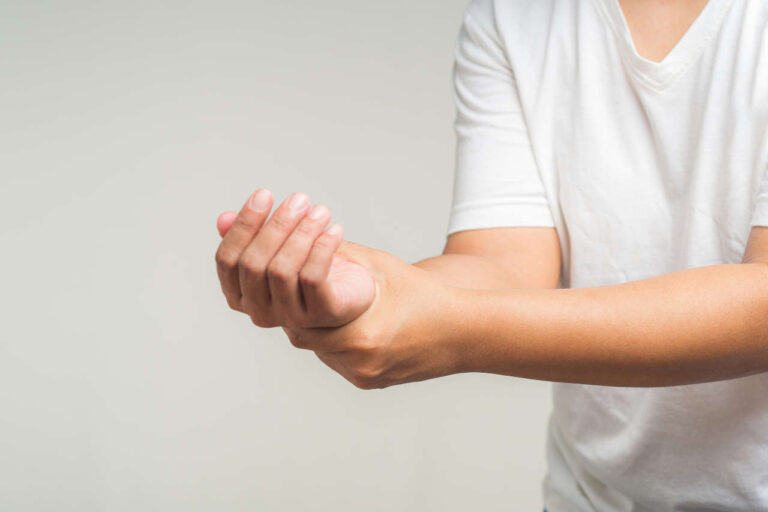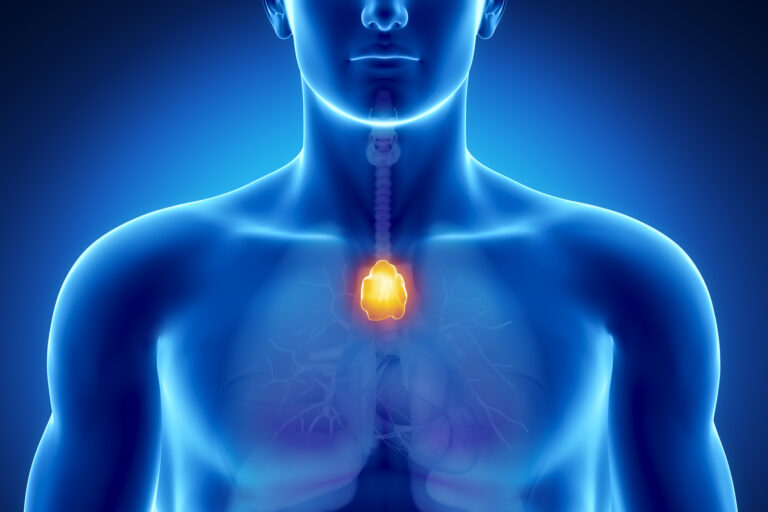
Myasthenia gravis (MG) and Bell’s palsy are neurological conditions that cause muscle weakness but have different underlying causes, symptoms, disease onsets, diagnoses, and treatment procedures.
Zungumza na Mtaalamu
Kuhusu Msaada wa CopayThis article discusses the major differences between myasthenia gravis and Bell’s palsy disorders to educate patients or caregivers on when to seek immediate medical care.
Myasthenia Gravis vs. Bell’s Palsy: Overview
Myasthenia gravis, or MG, is an autoimmune neuromuscular disorder that causes skeletal muscle weakness and severe fatigue. MG mainly affects the voluntary muscles, especially those surrounding the eyes, mouth, throat, and limbs. However, in rare cases, MG can lead to acute respiratory paralysis if not diagnosed early.
On the other hand, Bell’s palsy is a condition that causes temporary facial paralysis on one side of the face (either left or right). The muscles on one side of the face do not work properly due to damage to the facial nerve, which makes half of the face appear to droop.
Causes
Myasthenia gravis is an autoimmune disorder, which means the immune system produces autoantibodies that block or destroy the receptor sites of acetylcholine (a chemical produced by nerves and acts as a signal to tell muscles to contract). When the receptor sites are blocked or destroyed, the muscles receive fewer nerve signals, which leads to muscle weakness.
On the other hand, Bell’s palsy is caused or triggered by a viral infection (e.g., herpes simplex virus). When the immune system reacts against the virus, it also affects the facial nerve. As a result, the facial nerve becomes inflamed (swollen), leading to failure of nerve signal transmission to the surrounding facial muscles.
Signs and Symptoms
Myasthenia gravis and Bell’s palsy share one or two similar symptoms, which can sometimes lead to misdiagnosis. For example, most patients with MG experience drooping eyelids and trouble swallowing, which also fall into the symptom categories of Bell’s palsy disorder.
However, both conditions have different major signs and symptoms, which are as follows:
| Dalili | Myasthenia Gravis | Bell’s Palsy |
| Udhaifu wa misuli | Generalized and affects both sides of the face | Localized to only one side of the face (either left or right) |
| Facial involvement | Difficulty with facial expression (e.g., smiling or frowning) but not limited to one side | Facial expression is limited to one side (asymmetry) Drooping of mouth Drooling and excessive tearing |
| Eye symptoms | Drooping of one or both eyes (ptosis)Double vision | Drooping of one eye or difficulty closing one eyelid, which leads to eye dryness or irritation |
| Facial pain | Difficulty chewing, swallowing, or speaking | Pain around the jaw or behind the ear of the affected side |
Myasthenia Gravis vs. Bell’s Palsy: Prevalence
MG can affect people of any age, but it is more prevalent in young women in their 20s or 30s and older men in their 60s or 70s.
Unlike MG, Bell’s palsy affects men and women equally, usually between the ages of 15 and 60 years old.
Pata Usaidizi wa Kifedha
Myasthenia Gravis vs. Bell’s Palsy: Diagnosis

The doctor follows a series of tests for the diagnosis of MG, which include:
- Physical evaluation: To check medical history and symptoms
- Blood test: To check the presence of anti-acetylcholine receptor antibodies (AChR) or anti-muscle-specific kinase antibodies in the blood
- Electromyography (EMG): To check communication problems between muscles and nerves
- Imaging studies like MRI and a chest CT: To check if there are any other disease associations such as thymus gland abnormalities or tumor
Bell’s Palsy is easier to diagnose, and the doctor performs a physical exam to check if a patient has trouble moving facial muscles. The doctor also conducts electromyography to confirm the diagnosis or assess nerve damage.
Treatment Procedure
MG is a long-term disease and has no cure yet. However, several treatment procedures or medications can help manage this condition and reduce disease-associated symptoms, which include:
- Acetylcholinesterase inhibitors
- Dawa za Corticosteroids or immunosuppressive agents
- Intravenous immunoglobulin (IVIG) therapy
- Plasmapheresis
- Thymectomy (removal of the thymus gland) in some cases
Conversely, Bell’s palsy is a temporary condition that recovers easily with rest, medication, and physical therapy. Doctors typically prescribe corticosteroids or antiviral medication to reduce nerve inflammation. In most cases, lubricating eye drops are also prescribed if patients have trouble fully closing their eyes.
Summary
Let’s quickly review the main differences between myasthenia gravis and Bell’s palsy disorders.
Summary Table: Myasthenia Gravis vs. Bell’s Palsy
| Key Differences | Myasthenia Gravis | Bell’s Palsy |
| Type of disorder | Autoimmune disorder | Viral infection-associated neurological disorder |
| Affected areas | Voluntary muscles throughout the body | Facial muscles on one side of the face |
| Onset and duration | Develops more gradually and fluctuates throughout the day | Develops suddenly and can get worse over 48 hours |
| Prevalence | Young women and older men | Both men and women are equally affected |
| Progression and recovery | Long-term chronic condition and requires ongoing management | Temporary and good chance of recovery |
| Treatment approach | Long-term immunotherapy | Short-term steroids and supportive care |
MAREJEO:
- Bell’s Palsy. National Institute of Neurological Disorders and Stroke. https://www.ninds.nih.gov/health-information/disorders/bells-palsy
- Myasthenia gravis. National Institute of Neurological Disorders and Stroke. https://www.ninds.nih.gov/health-information/disorders/myasthenia-gravis
- Elnazeir, M., Narayanan, S., Badugu, P., Hussain, A., Tareen, T., Hernandez, A. R., Liu, W., Palade, A. E., & Brown, M. E. (2020). Myasthenia Gravis Masquerading as an Idiopathic Unilateral Facial Paralysis (Bell’s Palsy)—A Very Rare and Unique Clinical Find. Frontiers in Neurology, 11, 517879. https://doi.org/10.3389/fneur.2020.00709
- Trouth, A. J., Dabi, A., Solieman, N., Kurukumbi, M., & Kalyanam, J. (2012). Myasthenia Gravis: A Review. Autoimmune Diseases, 2012(1), 874680. https://doi.org/10.1155/2012/874680
- Balakrishnan, A. Bell’s Palsy: Causes, symptoms, diagnosis and treatment – ProQuest. https://www.proquest.com/openview/fde94ebbdecd7cda8f5cbfbfecb5f288/1?pq-origsite=gscholar&cbl=54977
- Abbott, S. A. (2010). CASE STUDY: Diagnostic challenge: Myasthenia gravis in the emergency department. Journal of the American Academy of Nurse Practitioners, 22(9), 468–473. https://doi.org/10.1111/j.1745-7599.2010.00541.x













